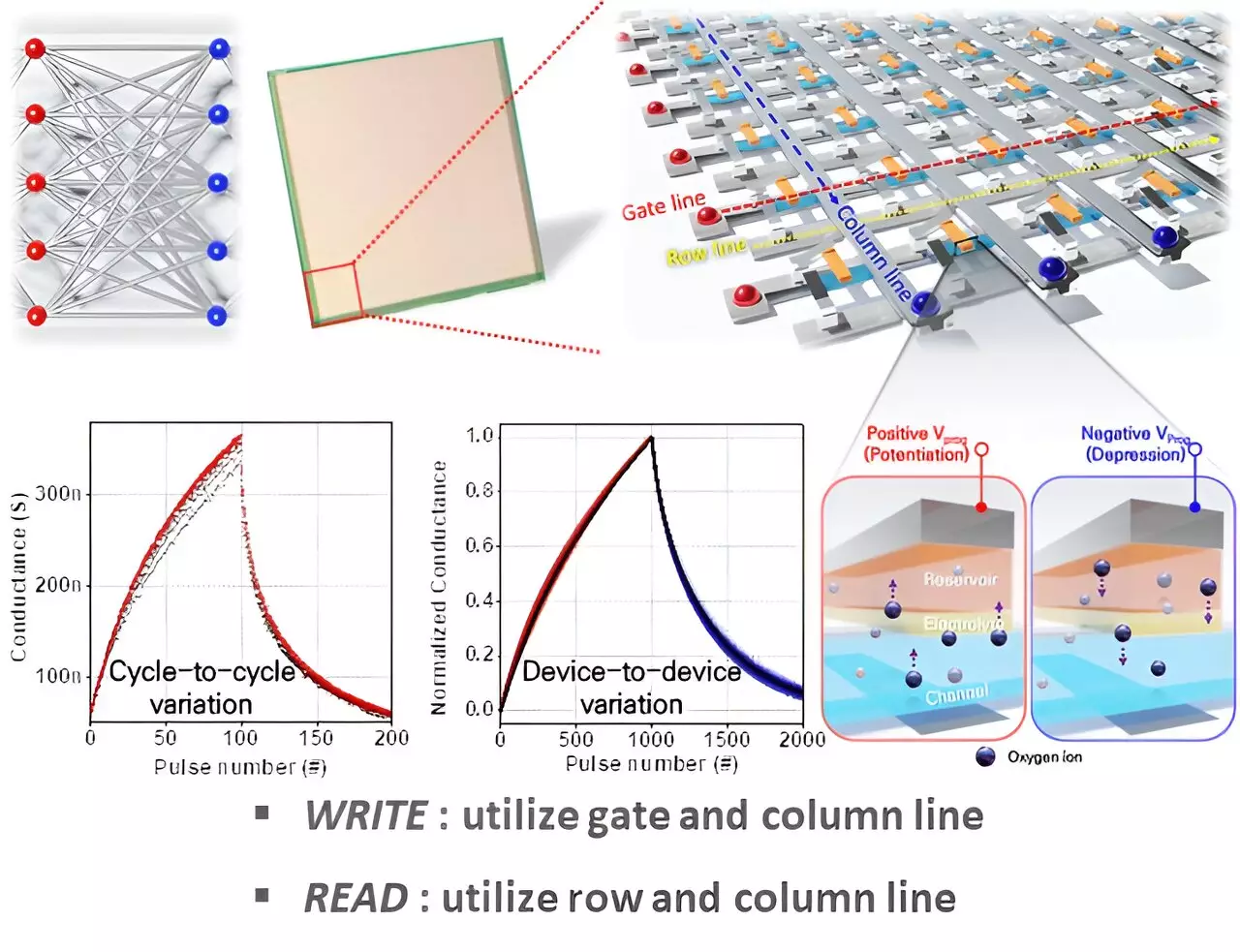In a recent study published in Science Advances, a research team has discovered the potential of analog hardware, specifically Electrochemical Random Access Memory (ECRAM) devices, in maximizing the computational performance of artificial intelligence (AI). This breakthrough showcases a new avenue for commercialization in the AI industry and opens up possibilities for more efficient and powerful AI computation.
The Limitations of Digital Hardware
With the rapid advancement of AI technology, the scalability of existing digital hardware such as CPUs, GPUs, and ASICs has been pushed to its limits, especially with the rise of applications like generative AI. As a result, there has been a growing need for specialized analog hardware that can better handle the demands of AI computation. Analog hardware, which adjusts the resistance of semiconductors based on external voltage or current, offers advantages over digital hardware for specific computational tasks and continuous data processing.
The Role of ECRAM Devices
The research team, led by Professor Seyoung Kim from the Department of Materials Science and Engineering, focused on ECRAM devices due to their unique properties in managing electrical conductivity through ion movement and concentration. Unlike traditional semiconductor memory, ECRAM devices feature a three-terminal structure with separate paths for reading and writing data, allowing for operation at relatively low power. By successfully fabricating ECRAM devices in a 64×64 array, the team demonstrated excellent electrical and switching characteristics, along with high yield and uniformity.
One of the key highlights of the study was the application of the Tiki-Taka algorithm, an analog-based learning algorithm, to the high-yield hardware. This resulted in the maximization of accuracy in AI neural network training computations, showcasing the potential of analog hardware in improving the efficiency and performance of AI systems. The researchers also emphasized the importance of the “weight retention” property of hardware training in enhancing learning outcomes without overloading artificial neural networks.
The research team’s achievement in implementing the largest array of ECRAM devices for storing and processing analog signals marks a significant milestone in the field. While previous reports had only demonstrated arrays of up to 10×10 devices, the team’s successful implementation on a larger scale opens up new possibilities for commercializing the technology. With varied characteristics for each device, the potential for customization and optimization in AI computation is vast.
The research on analog hardware using ECRAM devices represents a promising advancement in the field of artificial intelligence. By addressing the limitations of digital hardware and showcasing the potential for commercialization, this study paves the way for more efficient and powerful AI systems in the future.


Leave a Reply